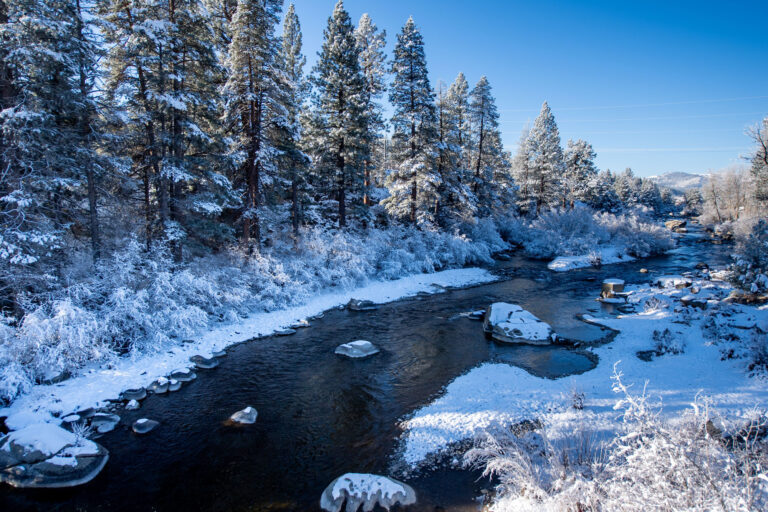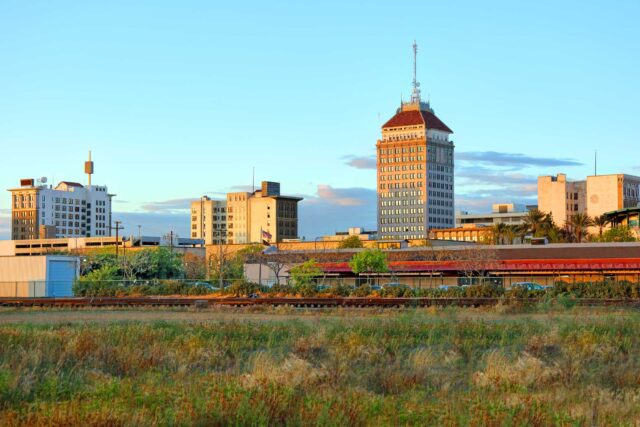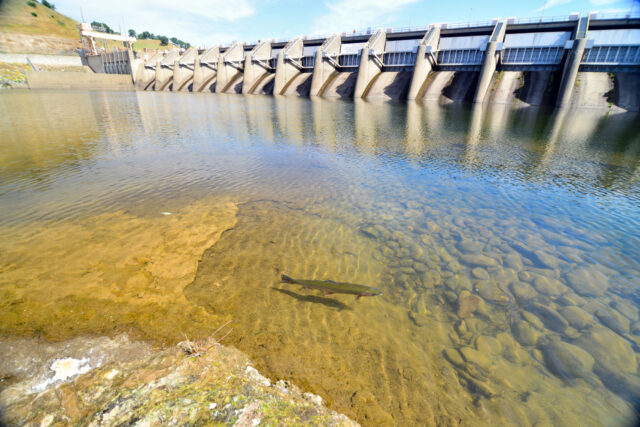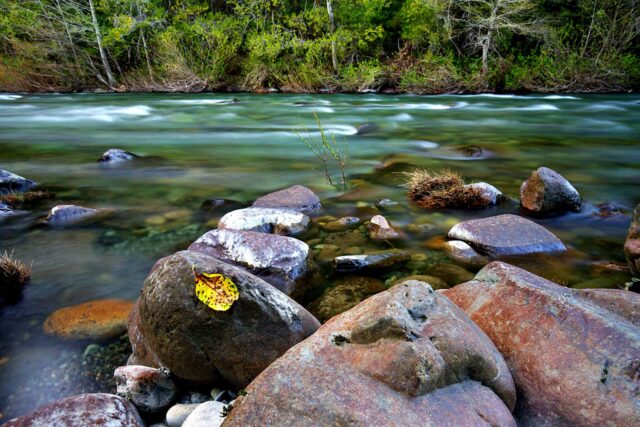In California, 2021 was the year that climate change hit home.
The increasingly frequent, warmer droughts that climate scientists have been predicting have arrived. Although this past December brought some welcome storms, California remains in the grips of an historic, fast-moving drought that has followed close on the heels of the last one. The non-partisan PPIC Water Policy Center tackled the thorny issues of this moment—as we often do—by providing data and analysis to inform tough conversations about managing drought today and into the future.
In May, for example, we hosted a virtual event, “Is California Ready for Drought?,” which examined how to avoid the worst outcomes. We forecast where drinking water wells were likely to go dry this year and next, in an effort to help communities better plan for the future. And then we looked at solutions, releasing an updated fact sheet about groundwater recharge, one of the best hedges against drought.
But we didn’t just look at the human impacts of the drought, we also examined the severe costs to wildlife and the environment. Our researchers, with 2021-22 CalTrout Ecosystem Fellow Sarah Null and other partners, wrote about the challenges facing reservoir operators, who are struggling to manage water effectively for both people and the environment. And we released Advancing Ecosystem Restoration with Smarter Permitting, a report examining how the state could speed ecosystem restoration efforts to meet the biodiversity crisis head-on.
The state experienced yet another year of record-breaking fires, driven by decades of fire suppression and fuel build-up, made worse by higher temperatures and the lack of rainfall. We evaluated current forest stewardship efforts and brought together a panel of experts to discuss both what’s possible and what’s needed to better protect the state from catastrophic wildfire. We followed that event with a four-part blog series that laid out how to build capacity for long-term forest stewardship. And we interviewed one of the state’s premier experts on forest fires: UC Berkeley’s inimitable Scott Stevens.
As California confronts its many water and headwater forest challenges, it faces yet another controversial question: how to pay for needed changes. We released fact sheets about water affordability and paying for California’s water system, two increasingly urgent issues. We championed the importance of ensuring access to safe drinking water, including for California’s tribes. And we released Groundwater and Urban Growth in the San Joaquin Valley, a report that looks at how to ensure a smooth transition for the valley’s groundwater-dependent cities and suburbs as the region adapts to less groundwater pumping under the Sustainable Groundwater Management Act (SGMA).
We also took the conversation around California’s water system in new directions. Improving California’s Water Market looked at how both water trading and formal programs to store water underground could help water users manage scarcity; the report also laid out practical ways for local, state, and federal agencies to make the process easier. And we explored top priorities for California’s water, recommending a swifter transition to groundwater sustainability and other urgent actions.
California faces serious challenges around water—and the ground is shifting beneath our feet. As the panelists at our fall policy conference on responding to the changing climate noted, it’s time to think big and look for effective, equitable solutions. And apparently, many of you agreed: we saw between 1,200-1,500 registrants for each day of our three-day virtual conference. We gathered a stellar group of panelists that included Karla Nemeth, director of the California Department of Water Resources; Tim Ramirez of the Central Valley Flood Protection Board; Rosemary Menard of the City of Santa Cruz; Don Cameron of Terranova Ranch; and Adel Hagekhalil of the Metropolitan Water District. They spoke about what’s keeping water managers up at night, whether it’s making our infrastructure climate-ready, paying for a resilient water system, or embracing transformative change.
We know that changes are coming in water, and we need to prepare. We also know that PPIC must remain a non-partisan, trusted source of information for difficult debates about our water future. This year, we will take on some vexing problems, including how to store water for the environment, how to prepare better for drought, and how to manage land transitions as irrigated cropland declines in our warming, drying climate.
All this work relies upon you, our ever-expanding family of agency staff, community and environmental groups, growers, researchers, water managers, and others. We appreciate your help, your engagement with our work, and your willingness to listen to our analyses and ideas. We couldn’t do this without you.
Finally, look to our weekly blog to keep you up to date on pressing issues in water and watershed health. Who knows—if this winter continues to be wet, we may get to write about too much water for a change!
Ellen Hanak
P.S. If you’d like to hear more, sign up to receive our weekly blog post and get advance notice of our events and new publications. And, if you’d like to support the center’s work, learn more here.





